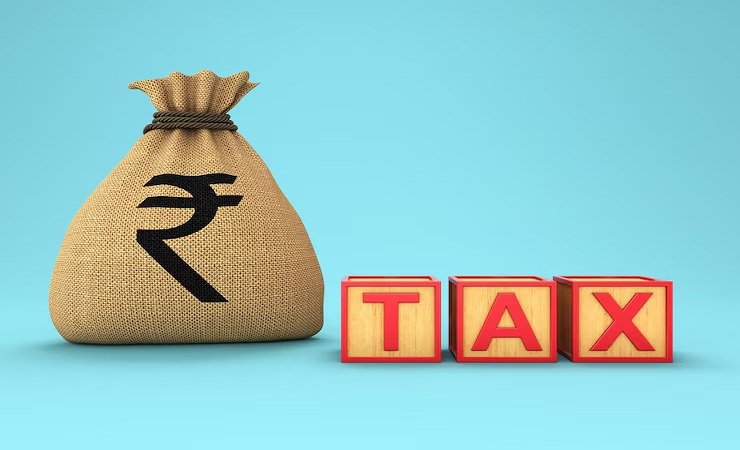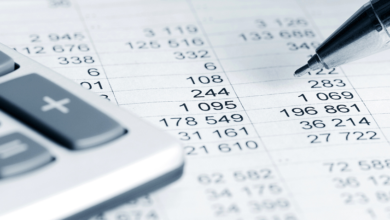Save Tax with Tax-saver FD: A Complete Guide

Tax-saver Fixed Deposits (FDs) are a low-risk savings tool offering two primary benefits: tax savings and stable returns. They provide tax deductions under Section 80C of the Income Tax Act, 1961, allowing investors to reduce their taxable income by up to ₹1.5 Lakhs per financial year.
What is a Tax-saver FD?
A tax-saver FD is a type of fixed deposit specifically designed to help you save on taxes while earning interest on your investment. These FDs come with a mandatory lock-in period of five years, during which the deposited amount cannot be withdrawn. The interest earned on these deposits is taxable.
Benefits of Tax-saver FD
Tax Savings
The primary benefit is the tax deduction on the principal amount. You can claim a deduction of up to ₹1.5 Lakhs.
Safe Investment
Tax-saver FDs are a low-risk investment option. They provide assured returns, making them less risky compared to other investments.
Regular Income
You can choose to receive the interest either monthly or quarterly. This can provide a regular income stream, which is useful for retirees.
Easy to Invest
Investing in a tax-saver FD is simple. Since these tools are only offered by banks, you can visit the nearest branch or check the official website.
Features of Tax-saver FD
Lock-in Period
The lock-in period for tax-saver FDs is five years. You cannot withdraw the amount before the maturity date.
Investment Limit
The minimum amount to invest in a tax-saver FD varies by issuer. The maximum deduction you can claim under Section 80C is ₹1.5 Lakhs in a financial year.
Interest Payout Options
You can choose between cumulative and non-cumulative interest payout options. In the cumulative option, the interest is compounded quarterly and paid at maturity. In the non-cumulative option, interest is paid monthly or quarterly. Though, this may differ across issuers.
Nomination Facility
Tax-saver FDs offer a nomination facility, allowing you to nominate a beneficiary for your investment.
How to Invest in Tax-saver FD
Choose an Issuer
Compare the interest rates and terms offered by various banks and NBFCs. Choose the one that best suits your needs.
Complete the Application
You can apply through the bank or NBFC’s website or visit a branch. Add your information in the application and submit the requested documents. These include proof of identity, address, and your PAN card.
Deposit the Amount
Deposit the amount you wish to invest. You can do this through net banking, cheque, or cash.
Receive Confirmation
Once your application is processed, you will receive a fixed deposit receipt. This receipt will include details such as the amount invested, interest rate, and maturity date.
Tax Implications of Tax-saver FD
Deduction under Section 80C
The amount invested in a tax-saver FD is eligible for deduction under Section 80C. You can claim a maximum deduction of ₹1.5 Lakhs.
Tax on Interest
The interest earned on a tax-saver FD is taxable. This amount is added to your total income and taxed as per your income tax slab. Banks and NBFCs deduct Tax Deducted at Source (TDS) if the interest earned is over ₹40,000 in a financial year. This limit has been raised to ₹50,000 for senior citizens.
Premature Withdrawal and Loan Facility
Premature Withdrawal
Tax-saver FDs come with a lock-in period of five years. Premature withdrawal is not allowed. If you need funds before the maturity date, consider other options like taking a loan against the FD.
Loan Against FD
Some banks and NBFCs offer loans against tax-saver FDs. You can borrow up to a certain percentage of the FD amount. The loan amount, interest rate, and repayment terms vary by issuer.
Points to Consider Before Investing
Compare Interest Rates
Always compare the interest rates offered by various banks and NBFCs. Choose the one offering the highest rate to maximise your returns.
Understand the Terms
Read the terms and conditions of the FD carefully. Understand the interest payout options, lock-in period, and other details.
Plan Your Investment
Since these FDs come with a strict lock-in duration of five years, plan your investment accordingly. Ensure you will not need the funds before the maturity date.
Check for Additional Benefits
Some issuers offer additional benefits, such as higher interest rates for senior citizens. There are also special schemes for women. Check if you are eligible for such benefits.
Conclusion
Tax-saver FDs are a low-risk and effective way to save on taxes while earning assured returns. Compare interest rates and terms offered by different banks and NBFCs before investing. Understand the lock-in period and conditions. With careful planning, you can apply for tax-saver FDs on Bajaj Markets, a financial marketplace. You can explore tax-saving FDs offered by different banks and choose one that suits your needs.
For further information on tax-saver FDs and current interest rates, visit the official websites of the banks and NBFCs.




